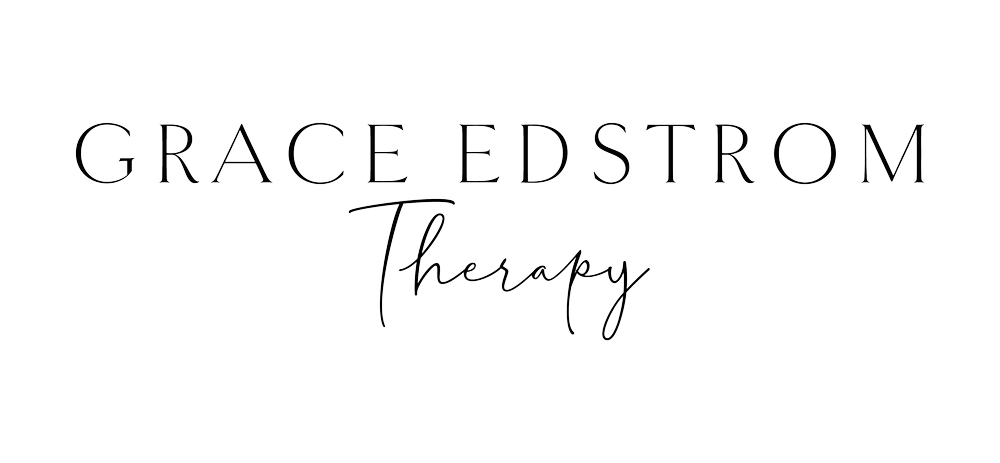Have you ever felt misunderstood or lonely after being vulnerable with your partner? Or maybe you can relate to the feeling of wanting so badly to help your partner but fearing that whatever you say or do will be “wrong”? If so, this simple exercise may prove to be very helpful in those moments when you want to connect in a new and different way but aren’t quite sure how.
The Idea:
The idea here is that we don’t always have to “respond to,” “fix,” or even “understand” exactly what is troubling our partner to be the pillar of support they need. In fact, the desire to rationalize emotional pain can often be quite counterproductive. Instead, if we can learn to merely reflect the emotion we see in our partner (rather than creating our own solution or interpretation) our partner will feel held and supported rather than frustrated and misunderstood. An authentic sentence as simple as reflecting “I can see how much you are hurting right now” can go a long way.
How it works: (This is the DIY part)
- Choose a calm time in the day, not right before running out the door or in the middle of an argument
- Each partner gets a turn to listen and to speak – choose who will begin (the work here is really on the part of the “listener”)
- Sit facing one another; it’s helpful to be sitting down with your bodies turned in toward one another
The Speaker:
- This is your moment to share an emotional experience with your partner and be given the full energy and attention you deserve. (When starting out, it is best to share an emotional experience that isn’t going to trigger or upset your partner)
- Choose a small moment that comes to mind, (could be a situation at work, with a friend, from your childhood, etc.) and share what this memory or situation does to you. The trick here is to get right to the “emotional heart” of your story without giving too many unnecessary details.
The Listener:
- Your job as the listener is the most important part of this exercise. You don’t need to do much, but it is so important that you are present, intentional, and focused on your partner. Turn toward them and show them in whatever way fits your relationship that you are present, committed, and listening. (Some couples will sit knee-to-knee, others will hold hands; do whatever feels best for you)
- When you listen to their story, try to listen from your heart rather than your mind. What I mean by this is don’t search for a solution or try to cognitively understand; instead, look at their face, notice their body language, and be observant of how this emotion impacts them.
- When they are through sharing their story, it is your turn to just merely look at your partner and reflect the emotion you saw. Sometimes we hear emotion in the back of the throat, or see it in our partner’s eyes, notice what sentences seem to be most important to your partner and reflect, reflect, reflect.
Why it helps:
There is profound beauty (and comfort) in the experience of turning to someone you love and feeling their full presence and attention reflecting back at you. It feels different when we unplug our ear buds, put down our phones, and turn (physically and emotionally) to our partner. However, our busy lives and generational addiction to technology often keep this from being the “norm.” For this reason, and many more, working this short exercise into your daily (or weekly) life may be exactly what you and your partner need to feel more consistently connected to one another.

